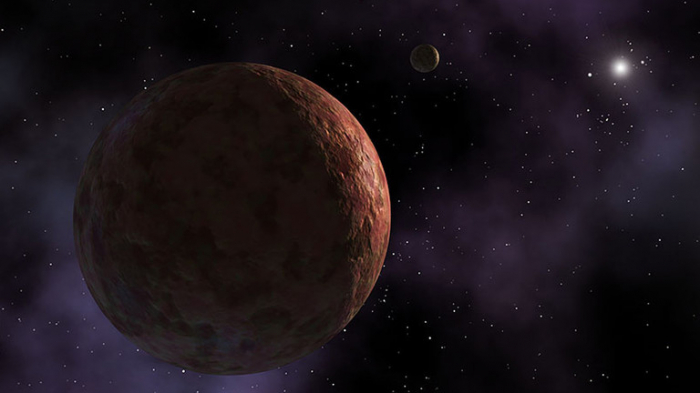Instead of a massive yet somehow undiscovered ninth planet causing the weird elongated orbits seen in some objects on the outskirts of the solar system, lots of smaller space rocks scattered across a wide disc-like area could create those same eccentric orbits by exerting gravitational forces on each other, researchers discovered when they attempted to model a “less dramatic and more natural” cause for the behavior of the faraway bodies.
An elusive ninth planet (imaginatively named Planet 9) was believed to be influencing the orbital paths of certain objects in the Kuiper Belt – a ring of icy leftovers from the solar system’s formation that lingers out beyond Pluto.
But researchers at Cambridge University and the University of Beirut developed a model in which these “trans-Neptunian objects” (TNOs) could simply be more numerous than previously believed, spread out over a massive disc. With a combined mass up to ten times that of Earth, the “disc” and the gravitational forces existing between its components actually account for the movement of both the “eccentric” TNOs and the other eight planets in the solar system.
Antranik Sefilian, a PhD student in the Department of Applied Mathematics and Theoretical Physics at Cambridge, isn’t quite ready to chuck the whole Planet 9 hypothesis yet, though. “It’s also possible that both things could be true – there could be a massive disc and a ninth planet. With the discovery of each new TNO, we gather more evidence that might help explain their behavior.”
RT
More about: science
















































